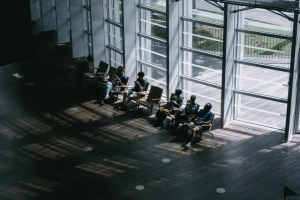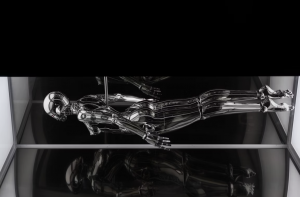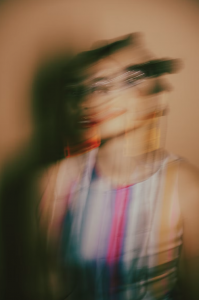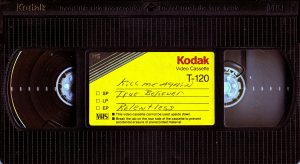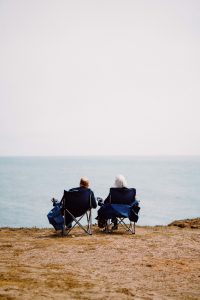Never before have we been surrounded by as many visual experiences as we are today. Due to the technological innovations of recent decades, our lives have become increasingly saturated with screens, videos, advertisements and images everywhere we go. Resulting in an explosive rise in the amount of information we have to process and a visual overload.
In 2017, scientists measured the amount of data that enters the brain and found that an average person living today processes as much as 74 GB of information a day (that is as much as watching 16 movies), through TV, computers, cell phones, tablets, billboards, and many other gadgets. Every year it is about 5% more than the previous year. Only 500 years ago, 74 GB of information would be what a highly educated person consumed in a lifetime, through books and stories.
One of the big amplifiers of visual overload is our increased use of social media. here everyone is offered the tools to create content.
Especially in the beginning of social media people used those to portray a picture-perfect image of themselves, with filters to cover everything they don’t like about themselves and their lives. All of a sudden it became super easy to look great in photos, many people went for the same aesthetics, like the “Instagram face”.
Not only did people start to strive for the same popular (fake) aesthetics, but in many different fields things started to look pretty much the same…
Architecture, books, furniture, car design, logos, and many more have gotten watered down and eerily similar around the world, partially through globalization (thoroughly explained in articles by Alex Murrell and the Guardian). This ‘sea of sameness’ or ‘age of average’ prioritized common denominator design over creative risks and authenticity.
And now that AI tools such as Dall-E and Midjourney are rapidly incorporated into our daily tasks and lives, the risk of visuals looking similar to one another is only increasing. For many people and brands the convenience of visual AI tools is a sensible trade-off at the expense of authentic and surprising visuals that take more time and investment to create.
Especially younger generations are increasingly looking beyond the age of artificial towards a more authentic visual language. Partially driven by their increasing aversion to capitalism – that is – according to them – the root of many contemporary problems around the world. Neatly curated visuals are firmly the language of brands and commercial interests, where visual hygiene is employed to keep up professional appearances and PR risks are avoided through safe communication that, above all else, should not offend.
The result is that people nowadays increasingly embrace authenticity in the content they select and enjoy. Partially because it just stands out more in a sea of sameness, for some as a counter-reaction towards commercialism, and often simply as a natural aversion towards advertisement.

Autor
Douwe Knijff
